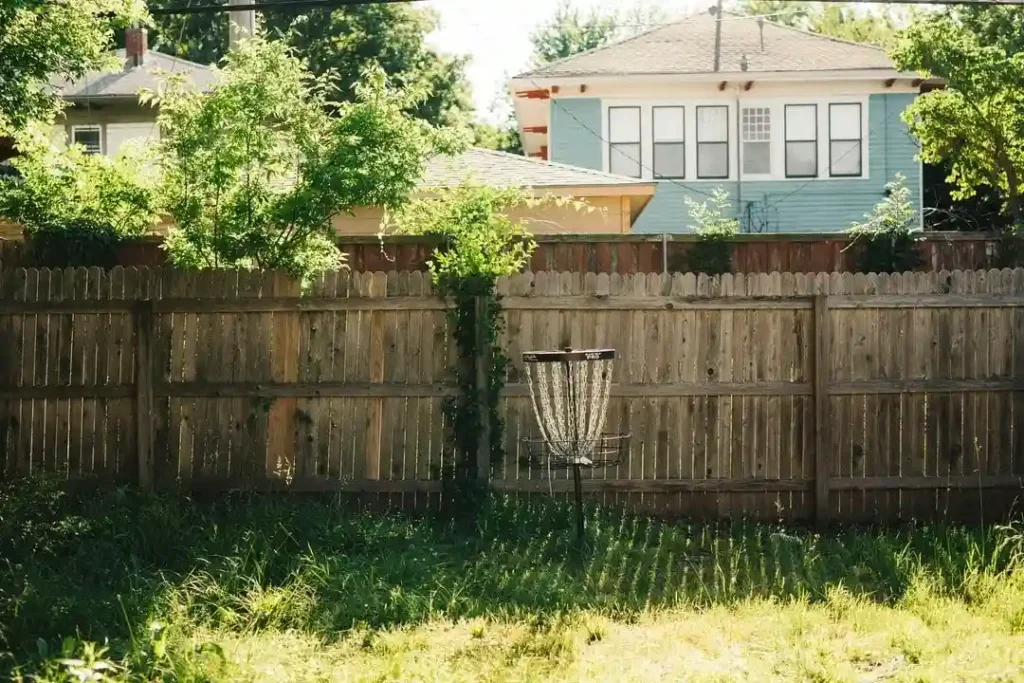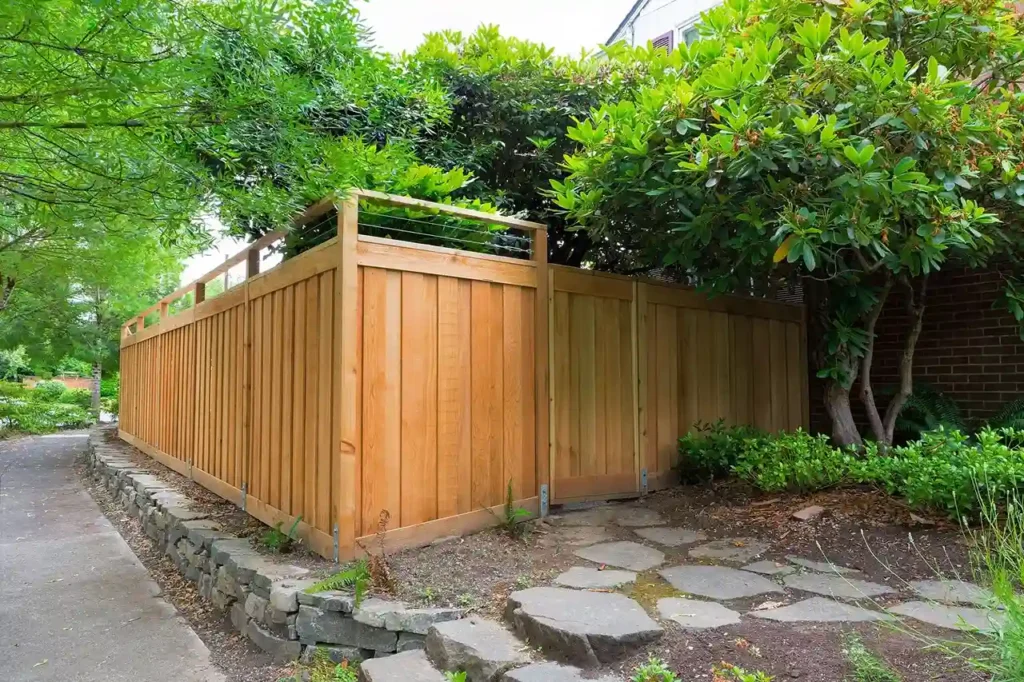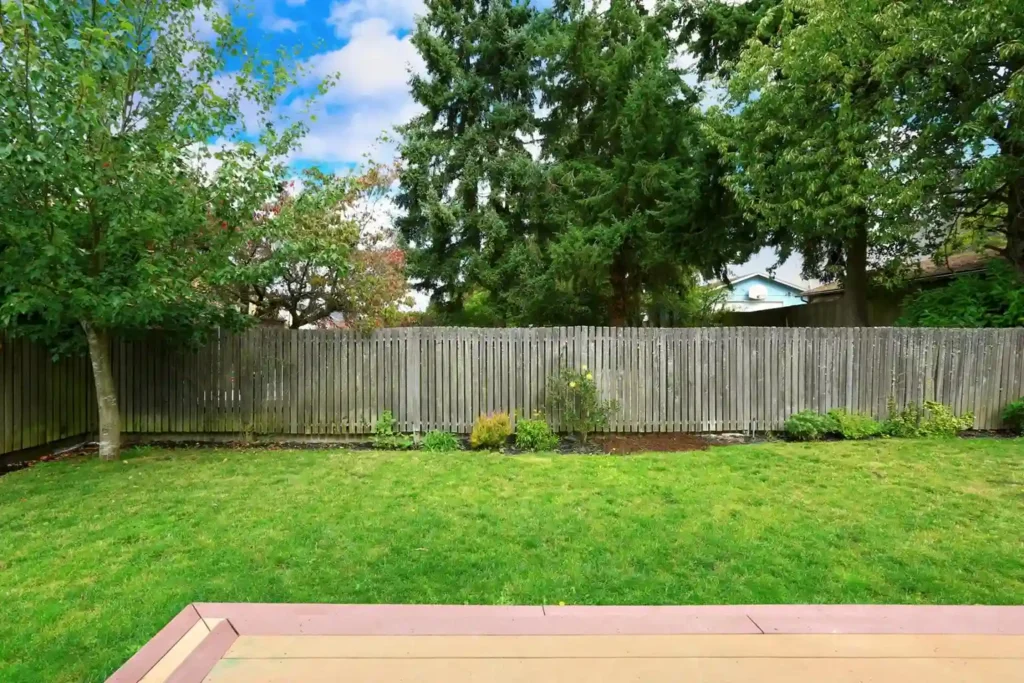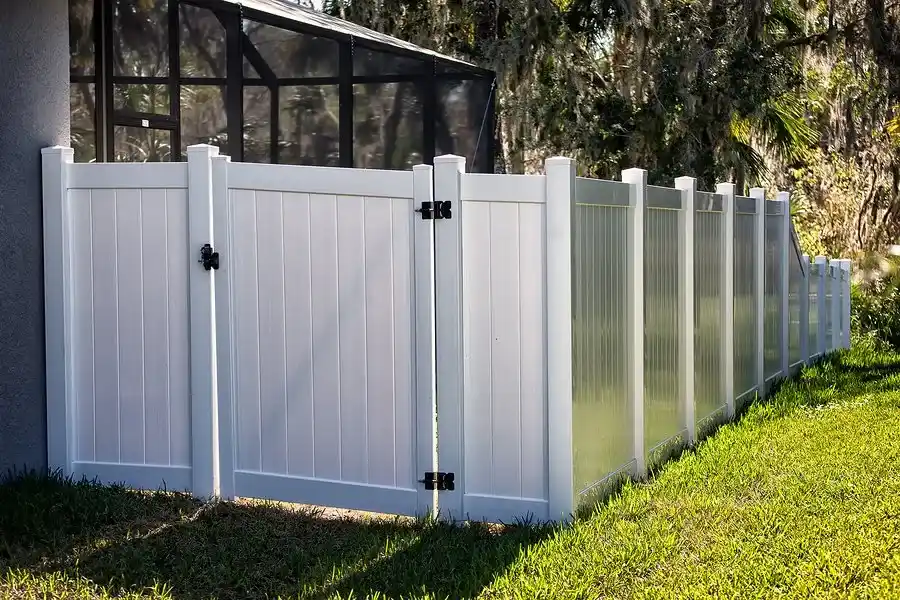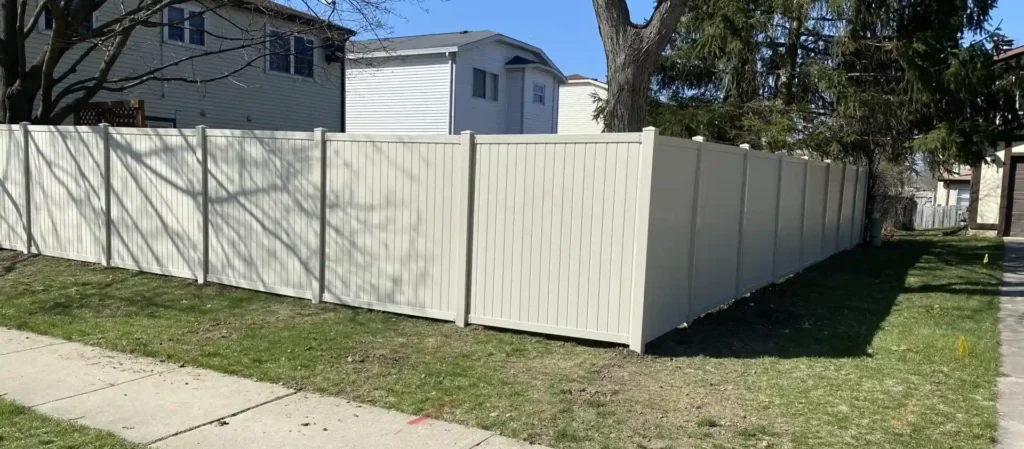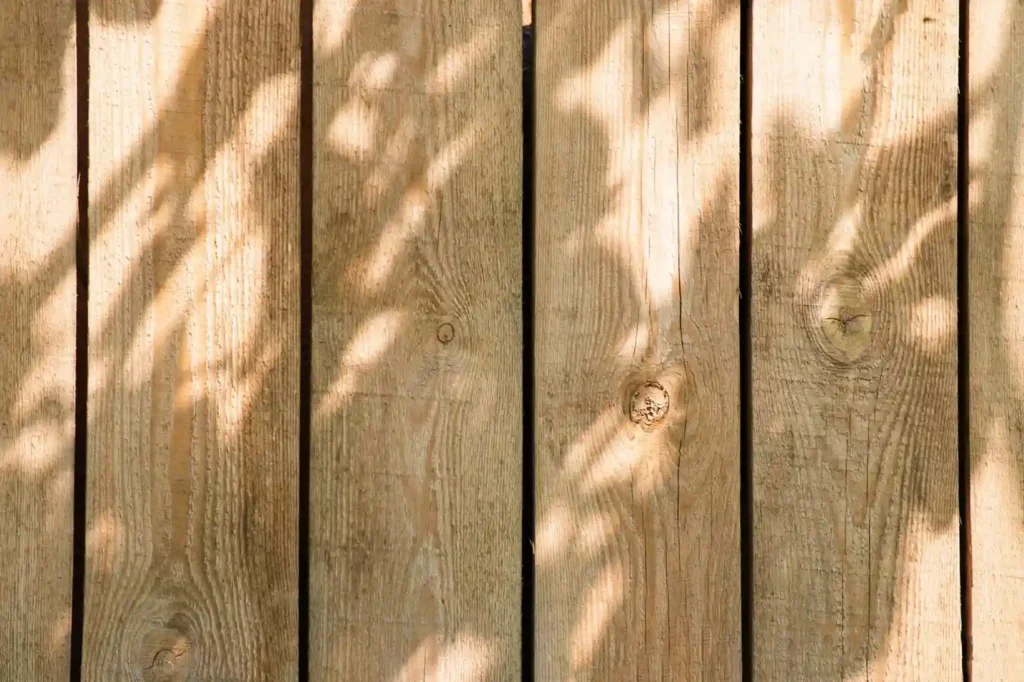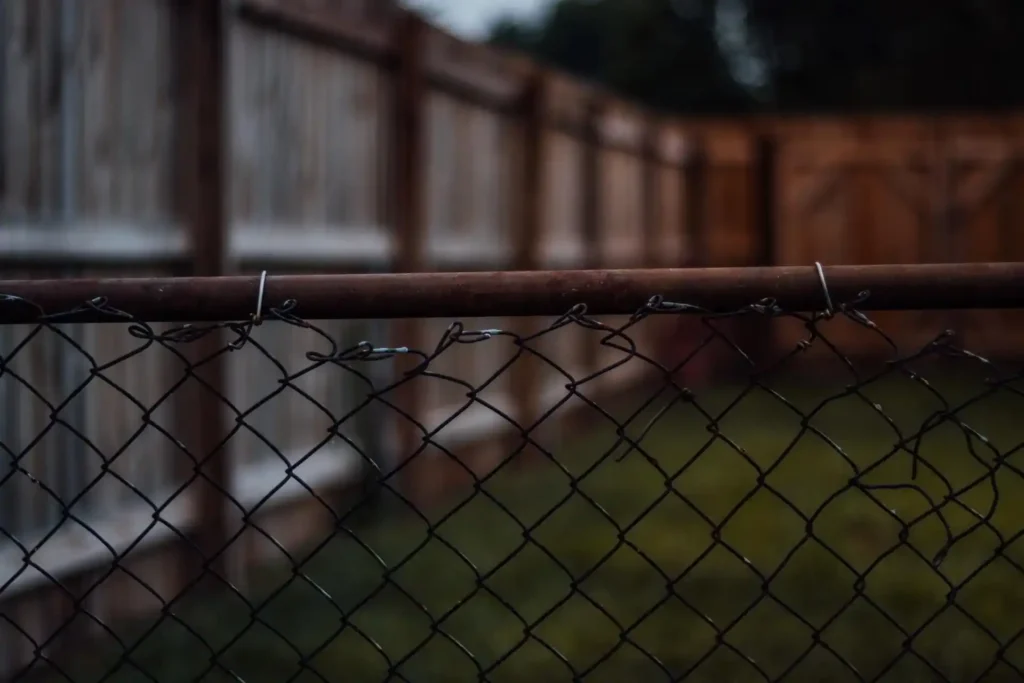Staining Pressure Treated Wood Fence
When Is It Safe to Stain Pressure Treated Wood?
Pressure treated pine is an alternative to cedar fence material, but is it a good choice for painting or staining?
Water is used to force chemical preservatives deep into the wood during pressure treatment. Pressure treated lumber has a high moisture content and may take several weeks to dry. If the pressure-treated wood is still wet, staining it is ineffective.
When purchased, “wet-treated wood” still contains significant moisture and may take longer to dry than other types of pressure treated wood.
Kiln-dried wood is dry at the time of purchase and can be stained right away. This lumber will have a stamp or tag that says ADAT (air-dried after treatment) or KDAT (kiln-dried after treatment) (kiln-dried after treatment).
A water-based stain will not absorb as well as an oil-based exterior stain if the pressure treated wood contains a water repellant.
Try the “sprinkle” test to see if pressure-treated wood is dry enough to stain. Sprinkle water on the wood: if it absorbs it within 10 minutes, stain it right away. If water beads or pools on the surface of the wood, the wood needs more time to dry.
Select the Stain
Transparent stains contain little to no pigment, whereas semi-transparent stains contain more pigment to add color and tone.
Consider using a lighter-colored stain on a newer wood structure, which will allow you to apply a darker color in the future. A darker stain may complement older pressure-treated wood by concealing flaws.
Consider a light stain that reflects heat over a dark stain that absorbs more heat when staining a deck that receives a lot of sunlight.
Clean the Wood
Unless the wood is completely new, you’ll need to clean the surface to remove any dirt or mildew before staining it to prevent the wood stain from trapping any imperfections. Allow it to dry completely before staining.
Wash the pressure-treated wood with a deck cleaner, scrubbing the surface with a brush while it is still wet. If the wood has tough stains, use a pressure washer to remove them.
Allow the wet cleaner to soak into the wood for 10 minutes, or according to the manufacturer’s instructions.
Thoroughly rinse with a garden hose or pressure washer.
Allow the wood to dry for 24 hours before staining.
Staining Preparation
Because stain takes time to absorb into the wood but dries quickly, avoid applying it in direct sunlight.
Use tarps or painter’s tape to protect areas near the wood, such as plants or the house’s siding, before applying the stain.
Dry brush the wood once more to remove any leaves, dust, or other debris that accumulated while the cleaner was drying.
Pour the stain into a paint tray after thoroughly stirring it.
Test the stain on a small piece of wood to ensure that you like the color and appearance.
Apply the Stain Use a paint pad applicator to stain the pressure-treated wood, which is easier than brushing a large deck or structure by hand and more accurate than a pressurized sprayer.
Stain between cracks and problem areas with a paintbrush.
Typically, only one coat is required. Expect more stain to be accepted by the butted ends of lumber.
Start at the top and work your way down when staining pressure-treated fence posts, deck rails, or other vertical surfaces.
Allow at least a day for the stain to dry.
Tip: Before nailing in place, stain downward-facing pressure treated 2 x 4s and other boards (such as the underside of decking).
Painting Pressure Treated Wood
Exterior paint is less likely to adhere to pressure-treated wood and is more likely to peel as a result of the pressure-treating process. Some experts recommend staining or sealing over painting, but paint can be successfully applied if extra precautions are taken.
Allow the wood to dry completely before proceeding with the staining process.
Coat the surface with a primer designed for exterior use on pressure treated wood with a bristle brush to help the paint adhere.
To achieve the best results, apply at least two coats of latex paint with a brush.
Sealing Pressure Treated Wood
Most exterior stains include a sealant to protect the wood from moisture.
Consider using a clear sealant to protect the surface if you want to show off the natural wood grain and color while also ensuring a higher level of protection.
A stain-and-sealer product provides both protection and pigmentation, but sealants should not be used on top of stained wood.
Choose a UV-resistant sealant when sealing pressure-treated wood.
Sealant should be applied in the same manner as stain.
Many building codes require pressure treated wood in retaining walls, ground contact lumber, and other exterior wood projects. It is primarily made of southern yellow pine. Pressure treated wood staining can help decks, fences, and other structures look better and last longer.
Buy a Fence is your one-stop shop for all things exterior home improvement. Are you looking for a professional to finish your project? Contact us today!
Visit our fence staining services page to learn more.

